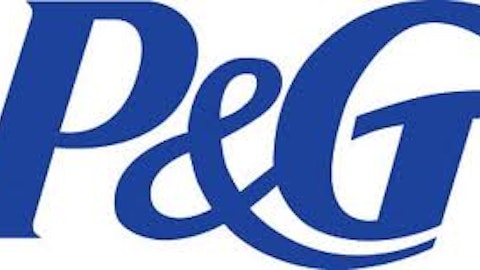
Celgene Corporation (NASDAQ:CELG) is a highly successful biotech company, standing out from hundreds of smaller peers with its large stable of highly successful drugs and therapies. But competition in the health-care space never goes away. How is Celgene standing up to its rivals? Let’s revisit how Celgene does on our 10-point scale.
The right stocks for retirees
With decades to go before you need to tap your investments, you can take greater risks, weighing the chance of big losses against the potential for mind-blowing returns. But as retirement approaches, you no longer have the luxury of waiting out a downturn.
Sure, you still want good returns, but you also need to manage your risk and protect yourself against bear markets, which can maul your finances at the worst possible time. The right stocks combine both of these elements in a single investment.
When scrutinizing a stock, retirees should look for:
Size. Most retirees would rather not take a flyer on unproven businesses. Bigger companies may lack their smaller counterparts’ growth potential, but they do offer greater security.
Consistency. While many investors look for fast-growing companies, conservative investors want to see steady, consistent gains in revenue, free cash flow, and other key metrics. Slow growth won’t make headlines, but it will help prevent the kind of ugly surprises that suddenly torpedo a stock’s share price.
Stock stability. Conservative retirement investors prefer investments that move less dramatically than typical stocks, and they particularly want to avoid big losses. These investments will give up some gains during bull markets, but they won’t fall as far or as fast during bear markets. Beta measures volatility, but we also want a track record of solid performance as well.
Valuation. No one can afford to pay too much for a stock, even if its prospects are good. Using normalized earnings multiples helps smooth out one-time effects, giving you a longer-term context.
Dividends. Most of all, retirees look for stocks that can provide income through dividends. Retirees want healthy payouts now and consistent dividend growth over time — as long as it doesn’t jeopardize the company’s financial health.
With those factors in mind, let’s take a closer look at Celgene.
| Factor | What We Want to See | Actual | Pass or Fail? |
|---|---|---|---|
| Size | Market cap > $10 billion | $47.1 billion | Pass |
| Consistency | Revenue growth > 0% in at least four of five past years | 5 years | Pass |
| Free cash flow growth > 0% in at least four of past five years | 4 years | Pass | |
| Stock stability | Beta < 0.9 | 0.64 | Pass |
| Worst loss in past five years no greater than 20% | 0.7%* | Pass | |
| Valuation | Normalized P/E < 18 | 39.81 | Fail |
| Dividends | Current yield > 2% | 0% | Fail |
| 5-year dividend growth > 10% | 0% | Fail | |
| Streak of dividend increases >= 10 years | NM | NM | |
| Payout ratio < 75% | NM | NM | |
| Total score | 5 out of 8 |
Source: S&P Capital IQ. NM = not meaningful; Celgene doesn’t pay a dividend. Total score = number of passes. * This figure represents a gain; Celgene’s stock has not declined in any calendar year in the past five years.
Since we looked at Celgene last year, the company has kept its five-point score. Failing to pay dividends is the kiss of death on our scale, but the stock has produced an impressive total return, gaining 50% over the past year.

